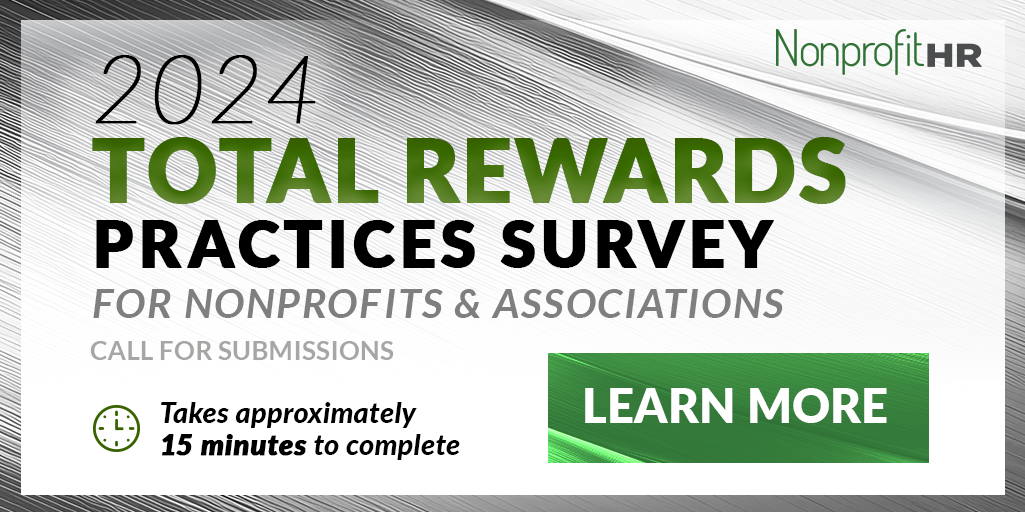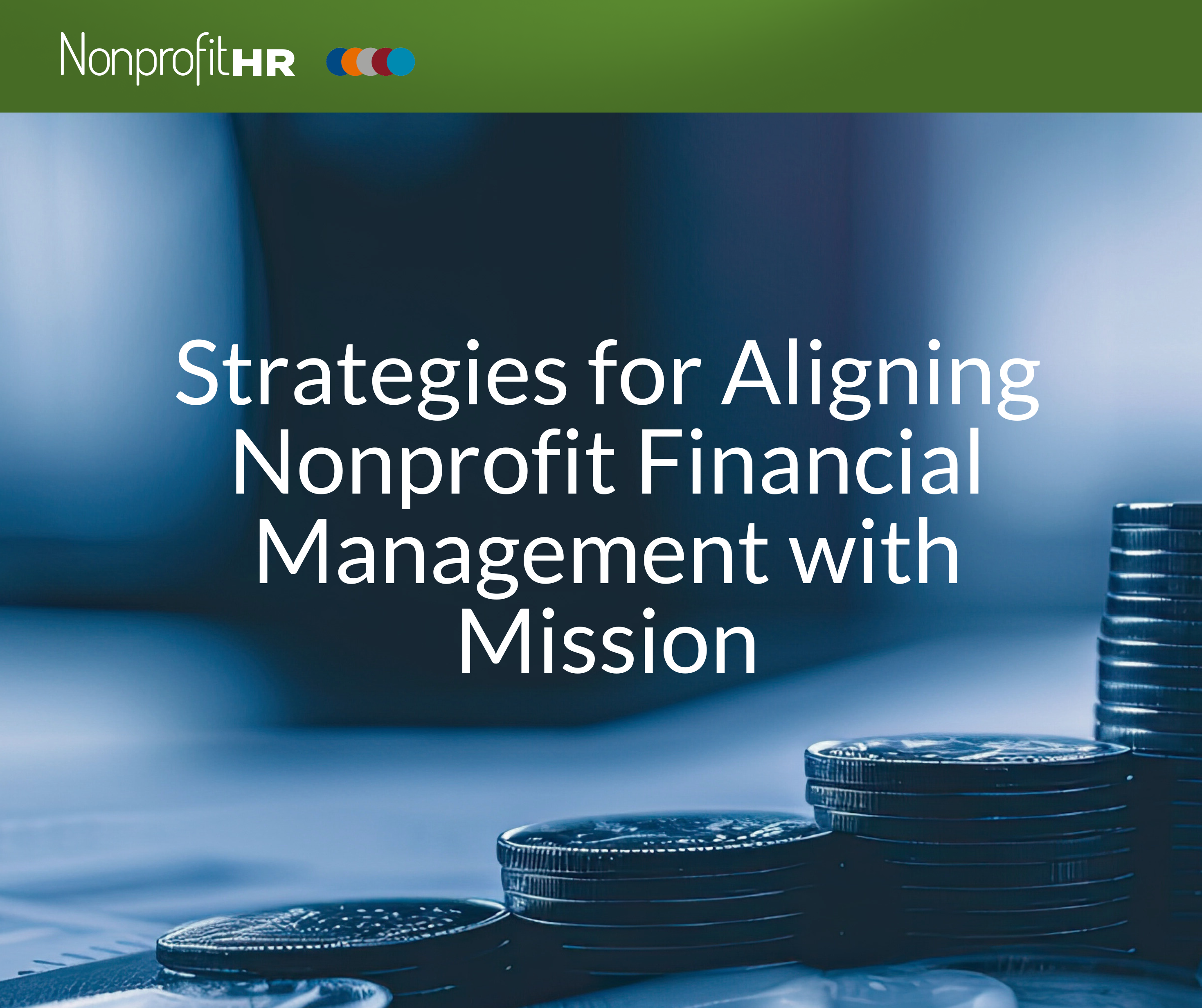WTOP: 5 ways nonprofits can…
New surveys are indicating that more than half of employers say they will be expanding their use of technology to help control the cost of employee benefits programs. But is the technology integrated enough to keep cost down as it has with talent acquisition, leave management or time and attendance?
John Lamb has more details.
“More than any other industry, health care is overflowing with information about trends, views and needs of interest to employers. From technology to benefits to health reform, we have all kinds of data to, in theory, help us with our strategic business planning. In many ways, though, this glut of information is too much, even overwhelming at times, leading to the dreaded but sometimes all too real paralysis by analysis. So what are we to glean from all these surveys, and how do we apply it to a practice?
In Prudential’s Sixth Annual Survey of Employee Benefits: Today & Beyond, two-thirds of employers still see plan design as the primary benefits cost-management method. Maybe it is because that’s the most common approach or type of proposal they see. What is perhaps more interesting from the Prudential survey is that more than half of employers say they will be expanding their use of technology to help control the cost of employee benefits programs.
The implication here is that employers fundamentally know that technology can help them control benefits costs. HR has experienced the positive impact of technology in other areas such as talent acquisition, leave management or time and attendance. Most HR technology is integrated. The problem with benefits technology is that it is not integrated – too many standalone applications, not enough “seamless” solutions.
To illustrate, let’s consider a scenario where employee communication, online enrollment and wellness applications are knitted together to create a year-round program. First, the employee communication tool is used to present the wellness program as an integral part of the complete employee benefits package. Employees can see that, in addition to their standard benefits, participation in the wellness program and achievement of specified results can bring them premium reductions or an increase in their employer’s defined contribution.”

































